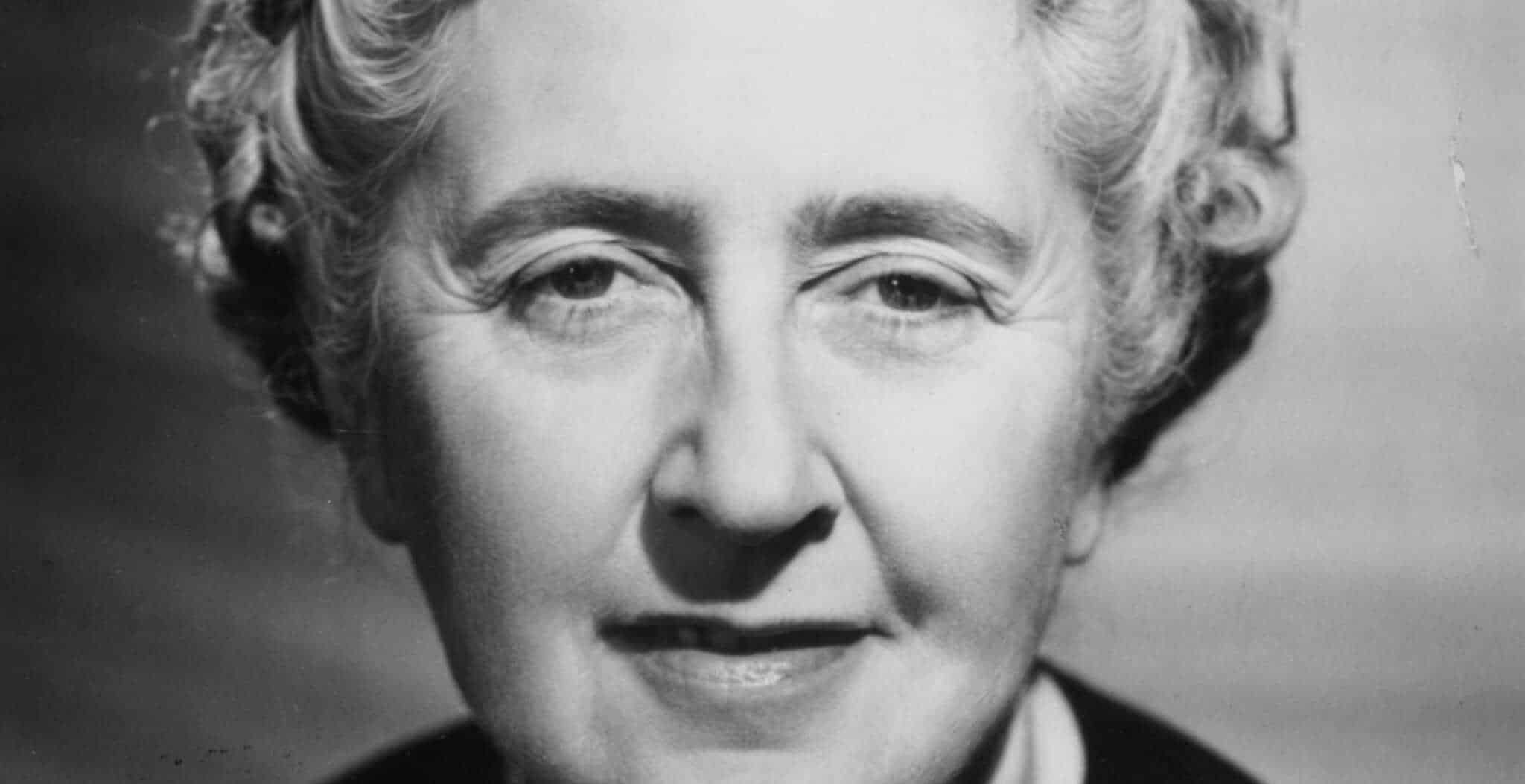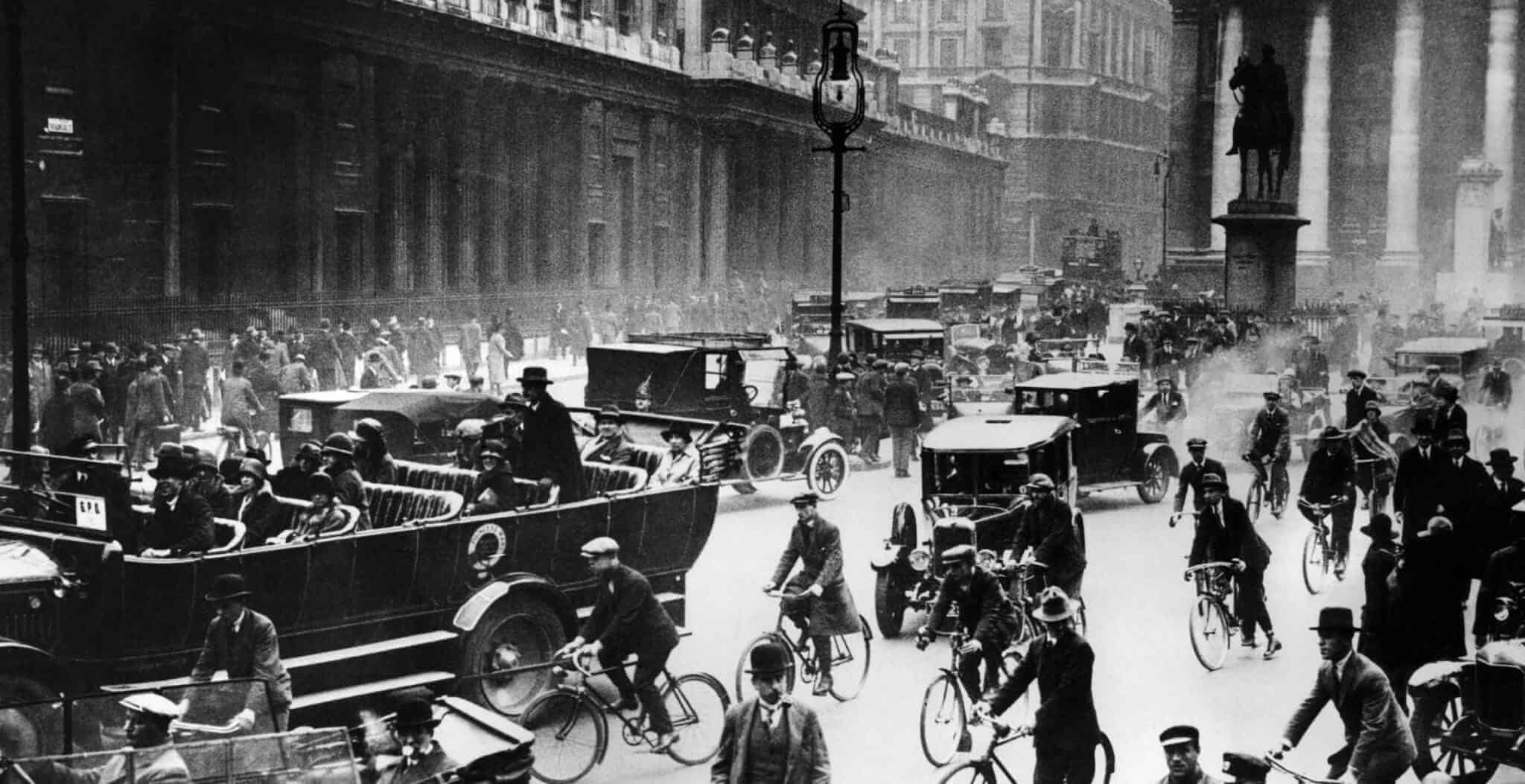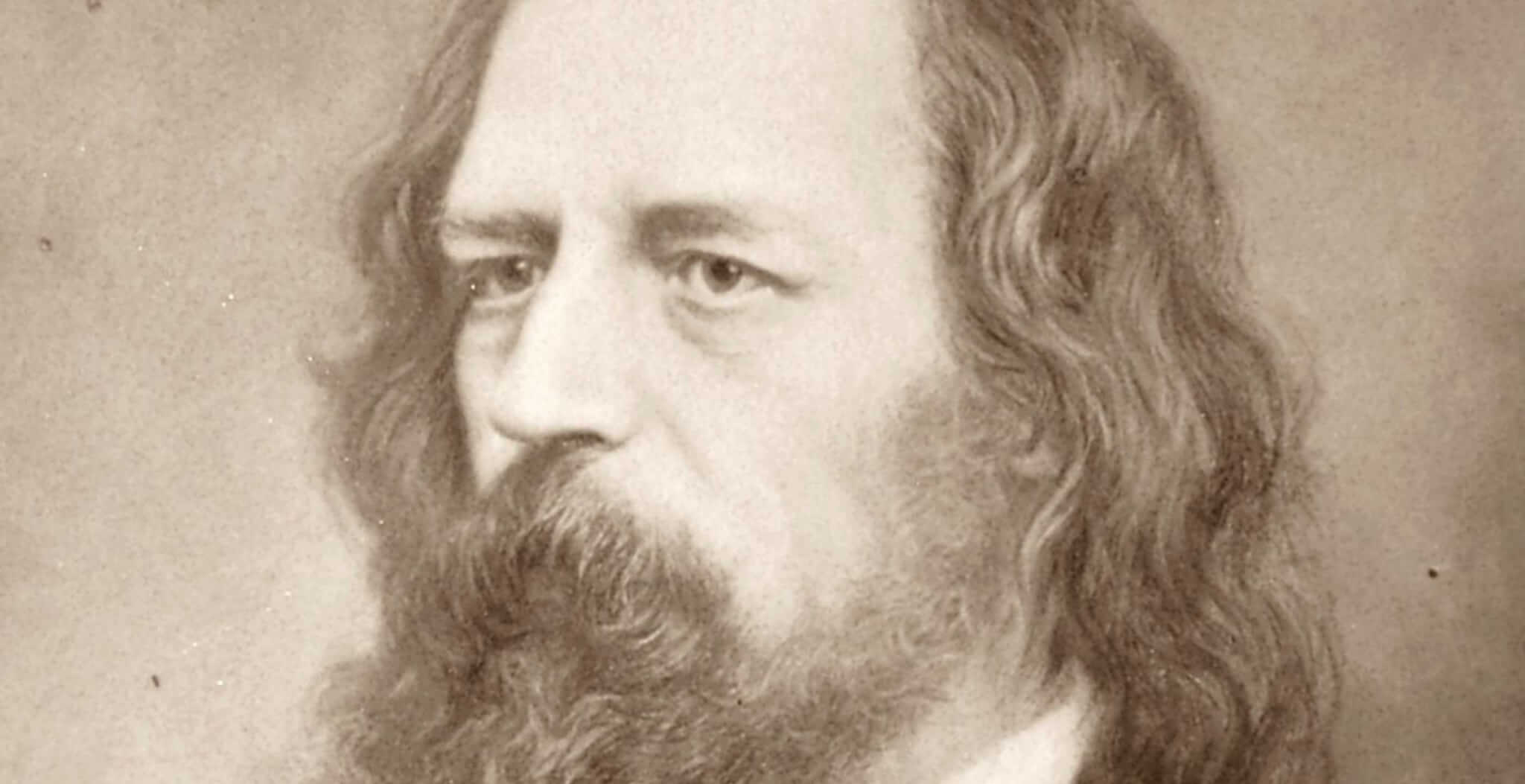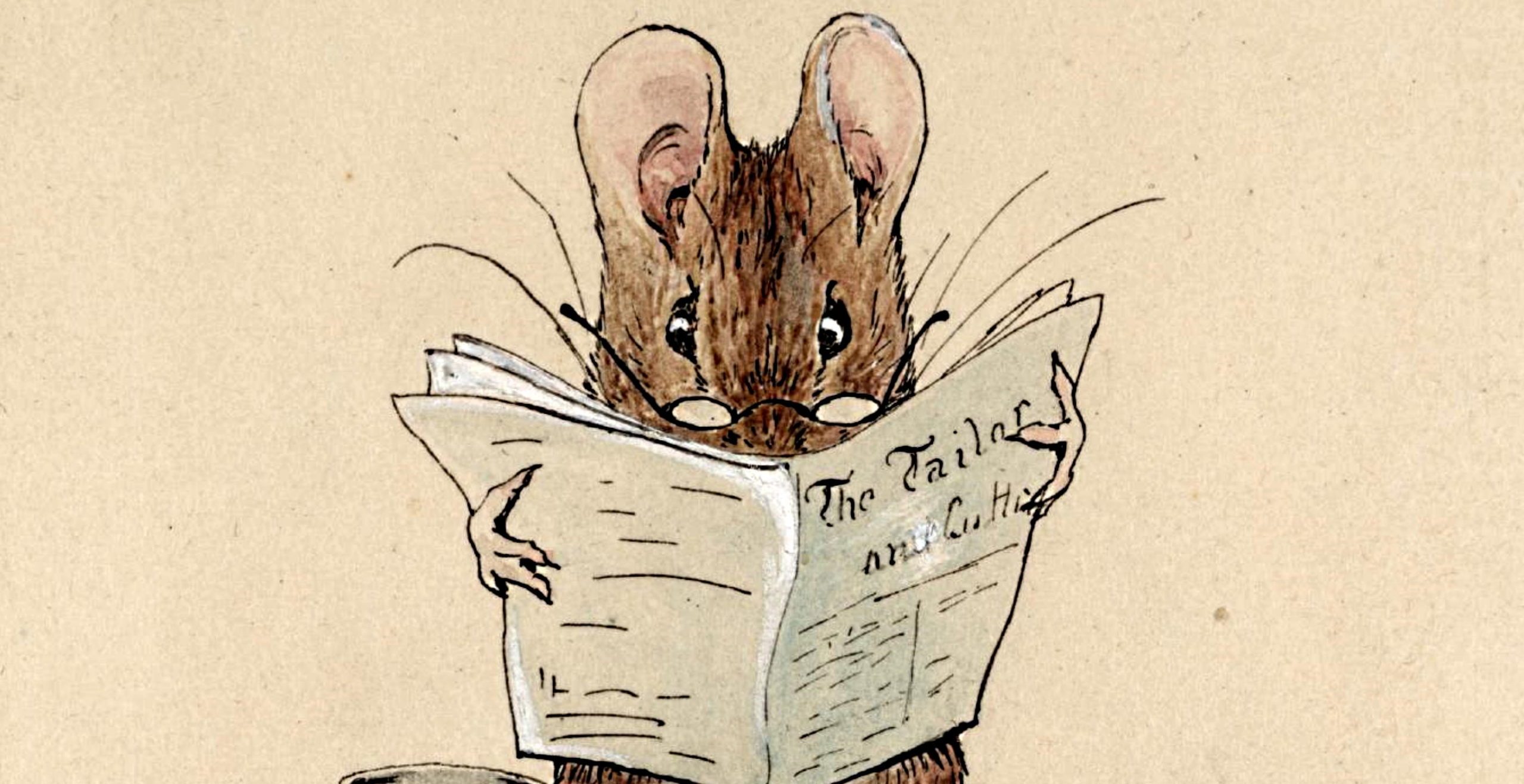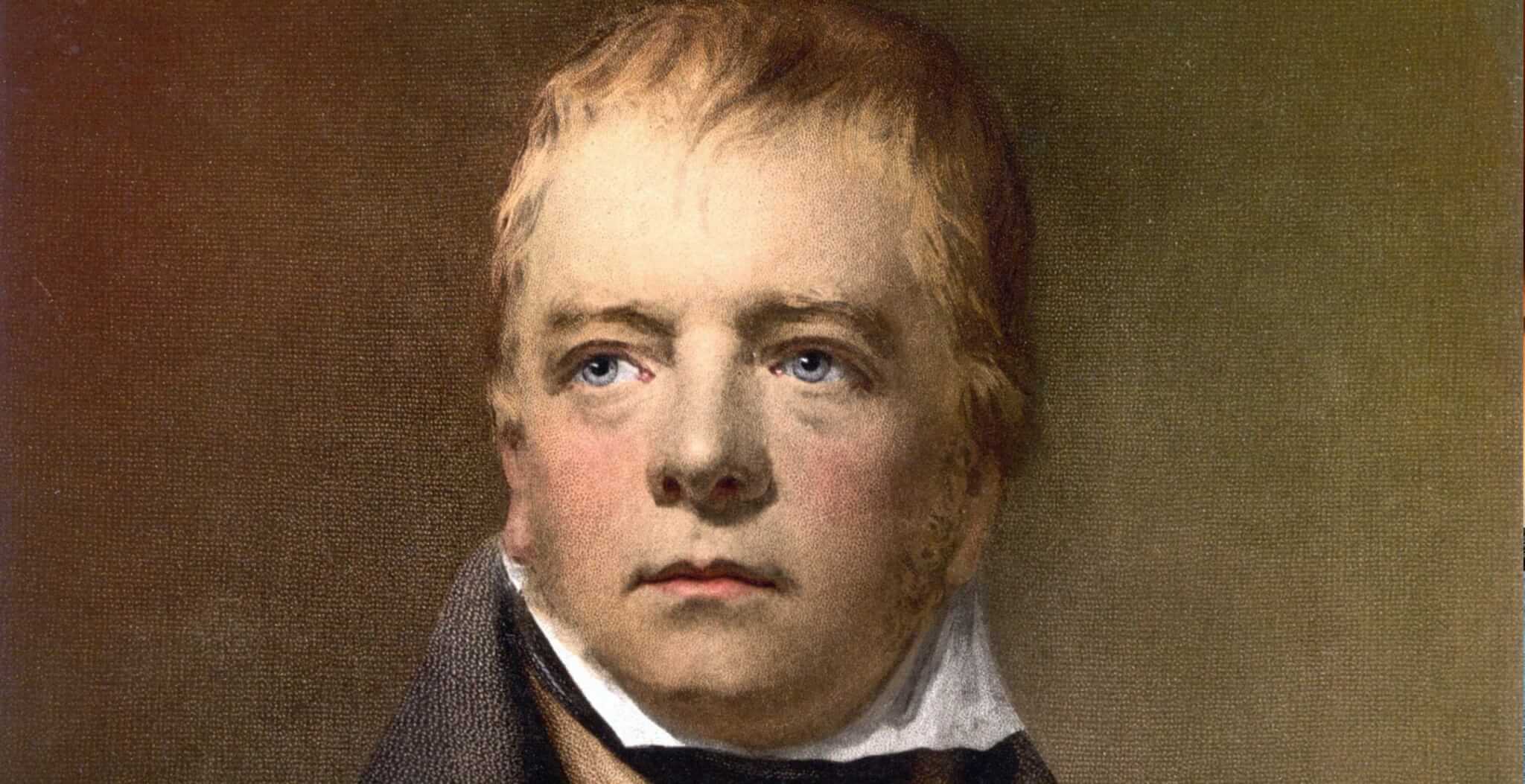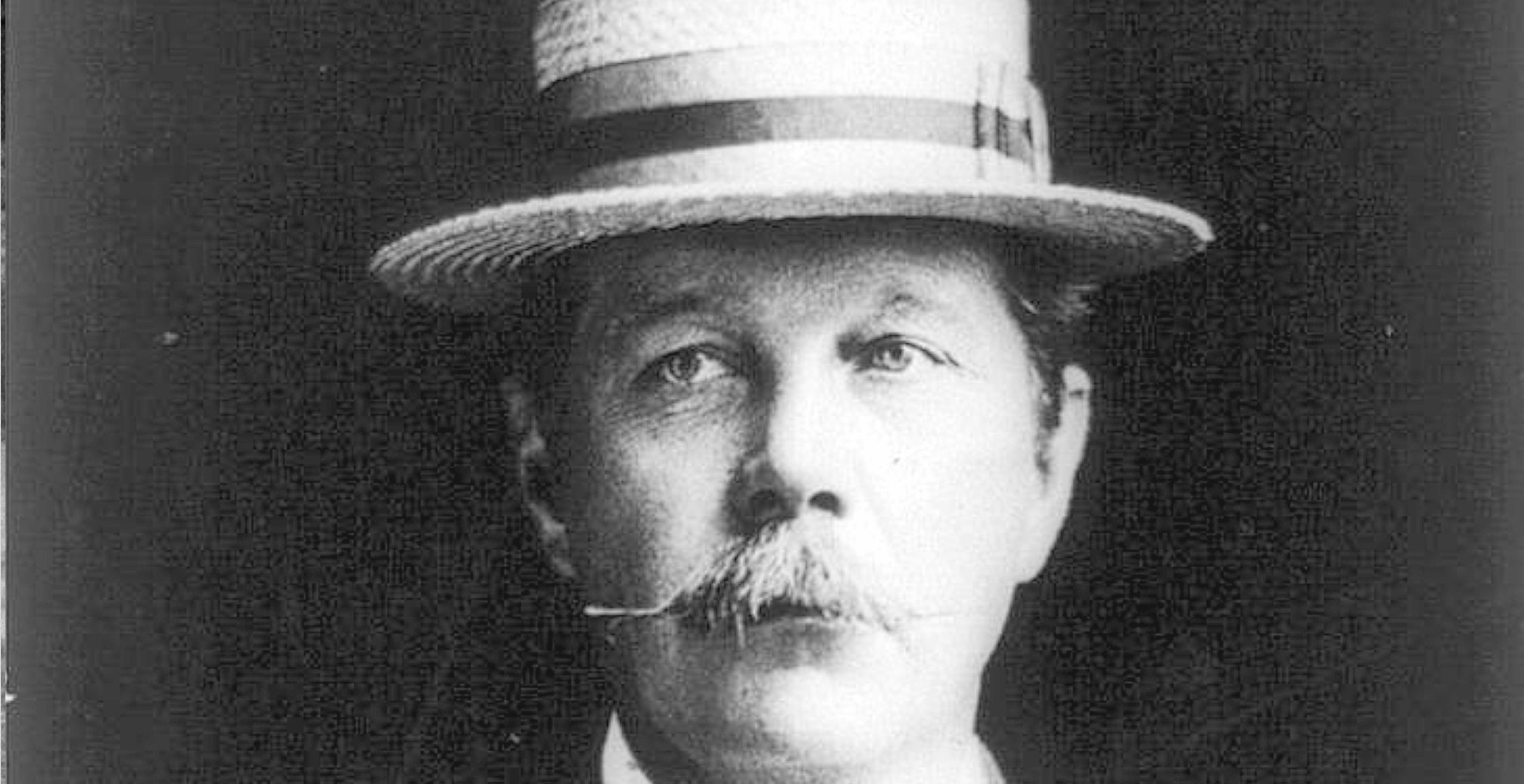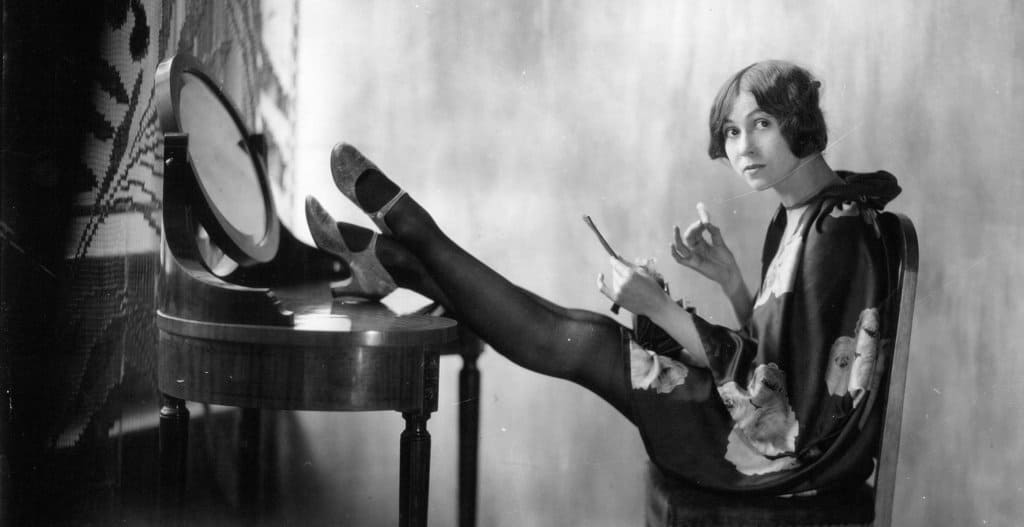Agatha Mary Clarissa Miller was born on 15 September 1890 in Torquay, Devon, the youngest of Clara and Frederick Miller’s three children. Although she was also a successful playwright responsible for the longest-running play in theatre history – The Mousetrap – Agatha is best known for the 66 detective novels and 14 collections of short stories written under her married name ‘Christie’.
In 1912, 22-year-old Agatha attended a local dance where she met and fell in love with Archibald ‘Archie’ Christie, a qualified aviator who had been posted to Exeter. Archie was sent to France when the First World War broke out in 1914 but the young couple married on Christmas Eve the same year when he returned on leave.
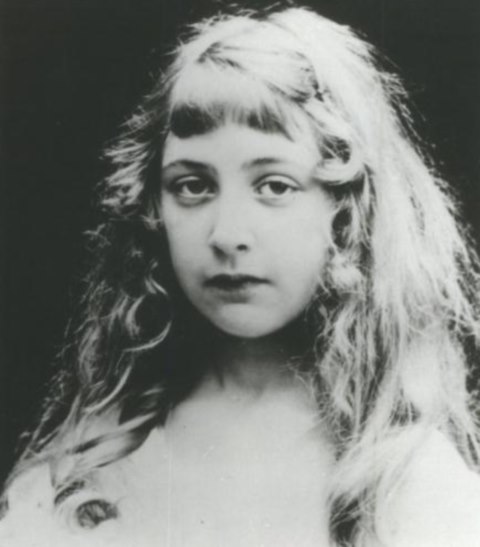
Whilst Archie continued to fight across Europe for the next few years, Agatha kept busy as a Voluntary Aid Detachment nurse in Torquay’s Red Cross Hospital. During this time, a number of Belgian refugees had settled in Torquay and were said to have provided the inspiration for the fledgling writer’s most famous Belgian Detective; one Hercule Poirot. At the encouragement of her older sister, Margaret – herself a writer who was often published in Vanity Fair – Agatha wrote the first of her many detective novels, The Mysterious Affair at Styles.
When the war ended the couple moved to London for Archie to take up a post at the Air Ministry. In 1919 Agatha decided the time was right to publish her first novel and entered into a contract with the Bodley Head publishing company. It was not until Agatha moved to Collins publishing house in 1926 for an impressive advance of two hundred pounds that she began to see the fruits of her labour and the couple and their young daughter Rosalind moved to a new home in Berkshire named Styles after Agatha’s first novel.
However, despite her success Christie kept a tight rein on the family finances insisting on a careful, modest lifestyle. This was no doubt as a result of the Miller family’s own decent into poverty after Agatha’s father, an affluent American businessman, was stricken by a number of heart attacks leading to his death in November 1901 when Agatha was only 11 years old. Some commentators argue that Agatha’s wish to keep a tight control on her own finances led to tensions in her relationship with Archie, so much so that he entered into an affair with his 25 year old secretary Nancy Neale.
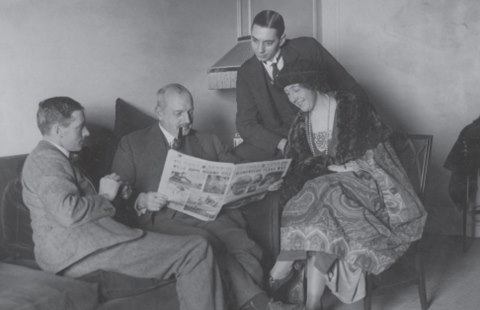
It is said that the discovery of this affair and Archie’s request for a divorce was the proverbial straw that broke the camel’s back, especially since it followed the death of Agatha’s beloved mother Clara from bronchitis. On the evening of 3 December 1926 the couple fought and Archie left their home to spend a weekend away with friends, including his mistress. Agatha is then said to have left her daughter with their maid and departed the house later that same evening, thus beginning one of the most enduring mysteries she had ever masterminded.
The next morning Agatha’s abandoned car was found several miles away by Surrey Police partly submerged in bushes at Newlands Corner in Guildford, Surrey, the apparent result of a car accident. The fact that the driver was missing but the headlights were on and a suitcase and coat remained in the back seat only fuelled the mystery. The relatively unknown writer suddenly became front page news and a handsome reward was offered for any new evidence or sightings.
In the aftermath of Agatha’s disappearance both Archie Christie and his mistress Nancy Neale were under suspicion and a huge manhunt was undertaken by thousands of policemen and eager volunteers. A local lake known as the Silent Pool was also dredged in case life had imitated art and Agatha had met the same fate of one of her unfortunate characters. Famous faces also waded in to the mystery with the then Home Secretary William Joynson-Hicks putting pressure on police to find the writer, and fellow mystery writer Sir Arthur Conan Doyle seeking the help of a clairvoyant to find Agatha using one of her gloves as a guide.
Ten days later, the head waiter at the Hydropathic Hotel in Harrogate, Yorkshire, (now known as the Old Swan Hotel) contacted police with the startling news that a lively and outgoing South African guest by the name of Theresa Neale may actually be the missing writer in disguise.
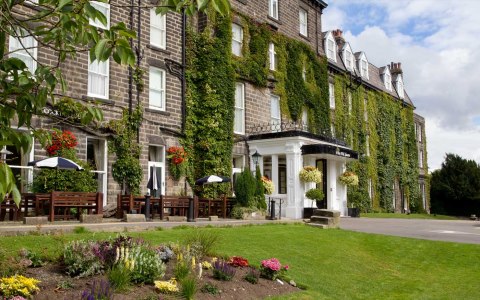
Above: The Old Swan Hotel, Harrogate.
In a dramatic unmasking which would have been at home in the pages of any Christie novel, Archie travelled with the police to Yorkshire and took a seat in the corner of the hotel’s dining room from where he watched his estranged wife walk in, take her place at another table and begin reading a newspaper which heralded her own disappearance as front page news. When approached by her husband, witnesses noted a general air of puzzlement and little recognition for the man to whom she had been married for nearly 12 years.
The reason for Agatha’s disappearance has been hotly contested over the years. Suggestions ranged from a nervous breakdown brought on by the death of her mother and embarrassment of her husband’s affair, to a cynical publicity stunt to promote the successful but still little known author. At the time, Archie Christie declared his wife to be suffering from amnesia and a possible concussion, which was later corroborated by two doctors. Certainly her apparent failure to recognise him would seem to endorse this theory. However, the couple went their separate ways soon afterwards with Archie marrying Nancy Neale and Agatha marrying archaeologist Sir Max Mallowan and no one involved ever spoke of the disappearance again. Indeed Agatha makes no mention of it in her autobiography which was published posthumously in November 1977.
And so the most intriguing of all of Christie’s mysteries remains unsolved!
Published: 19th December 2014.
